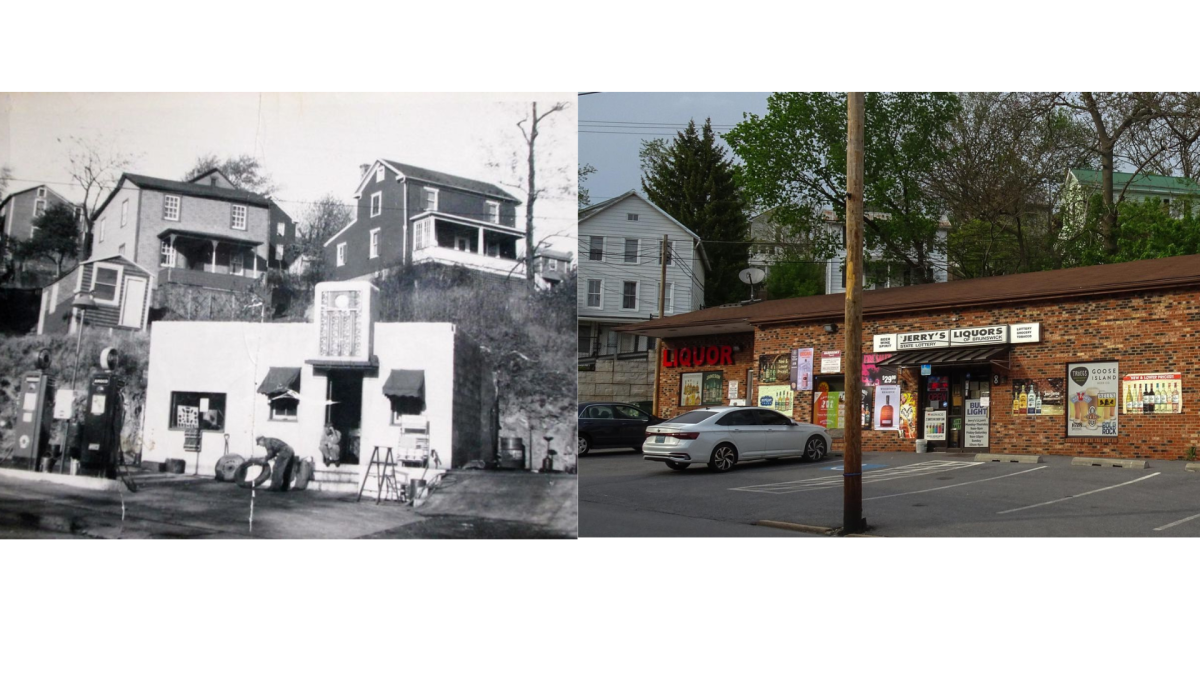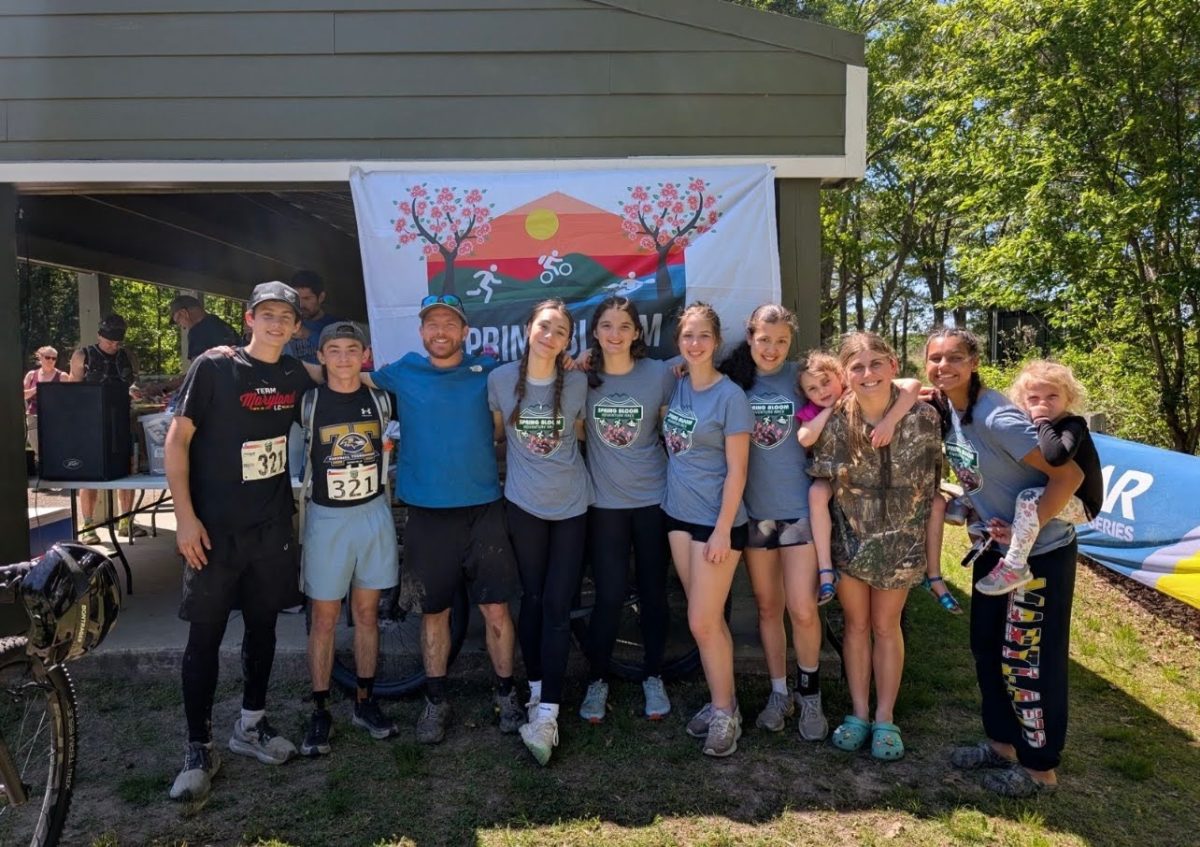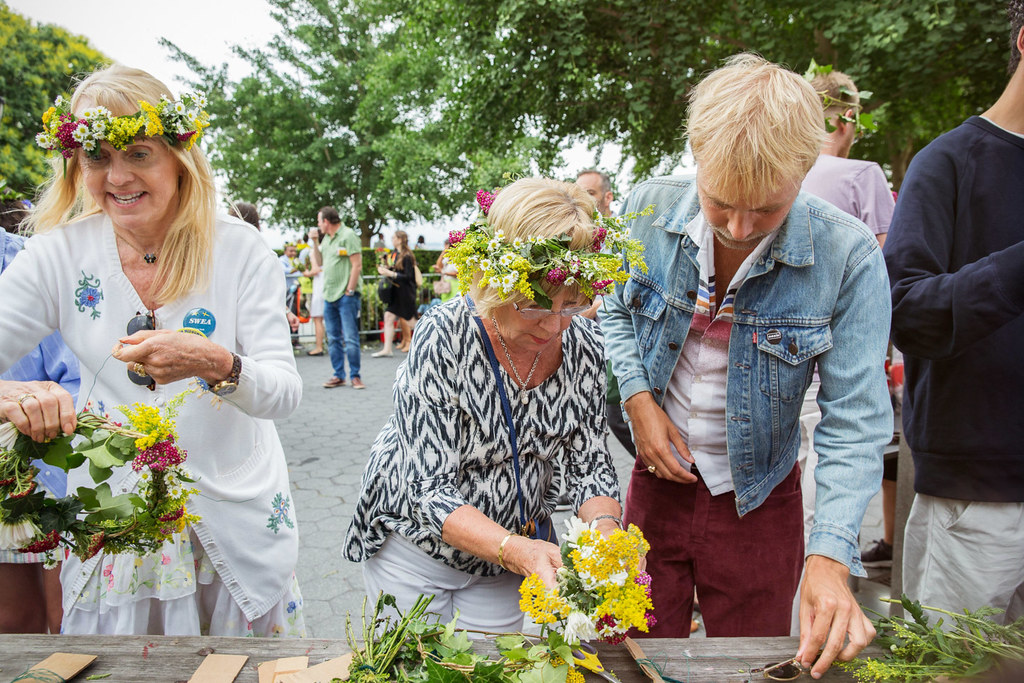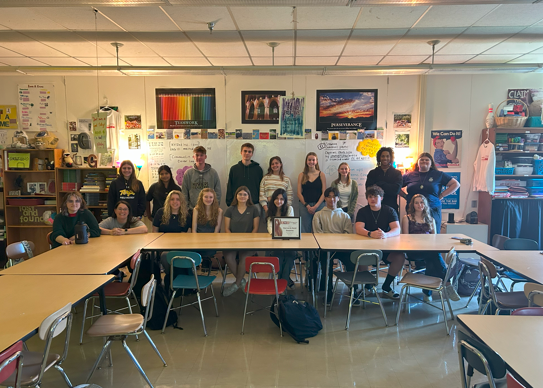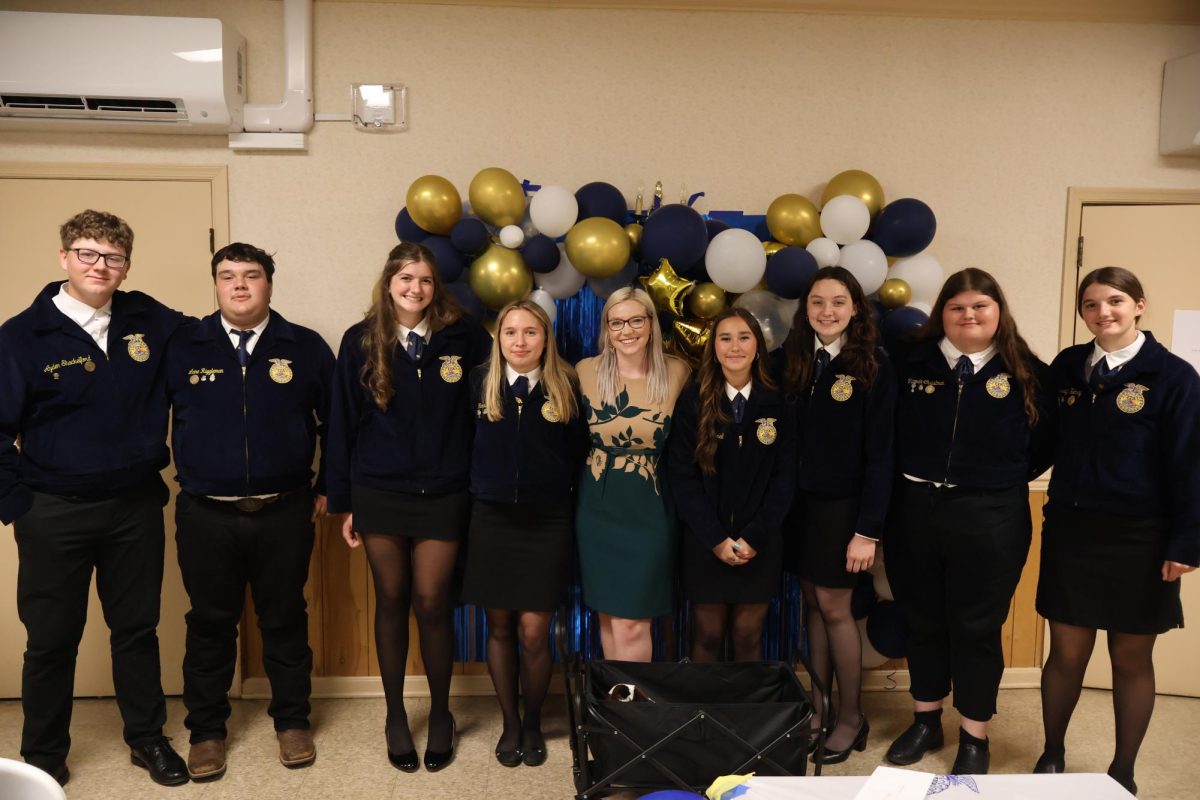Revolutionary Women
“Whatever women do, they must do twice as well as men to be though half as good. Luckily this is not difficult.” —Charlotte Whitton
It is official the month of the most important creation to mankind—women.
In honor of National Women’s Month, I want to take the time to highlight more revolutionary women who have made life the way it is today in addition to the list already provided by Kylie Lancaster in last year’s article, “The History Behind Women’s History Month.“ Let’s celebrate the ladies!
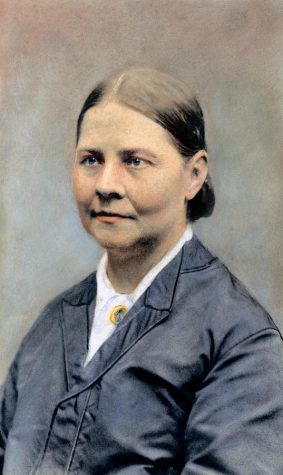
Lucy Stone was an abolitionist and suffrage activist born August 13, 1818. She was also impressively the first woman to get her degree in Massachusetts. When getting married to her husband she kept the process simple and refused to take his last name. She worked with William Lloyd Garrison in his Anti-Slavery Society giving speeches and dealing with hecklers. In addition to fighting slavery, she fought for women’s rights. She organized the first national Woman’s Rights Convention in Worcester, Massachusetts. Throughout history she continued to give speeches, fight for slave rights, women’s rights, and American freedom from Great Britain.
Eleanor Roosevelt was a human rights activist and first woman born
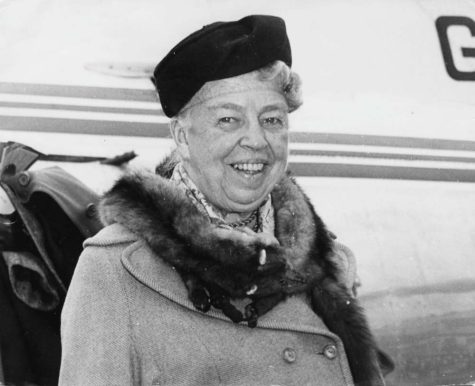
October 11, 1884. She took the position of first woman with grace making calls and attending parties although she didn’t enjoy them much. Though when the United States became involved with World War I, she went back to volunteer work. She was visiting the injured soldiers and working for the Navy and the red cross. This work though much less luxurious she enjoyed more. She would teach at Todhunter girls’ school that she and her friends purchased. During her time as first lady she gave many speeches and made sure to include women wherever she could. She mainly kept her focus on child welfare, housing reforms, and equal rights for women and racial minorities. An example is when she was on a visit to Alabama and officials said that seating in public was segregated by race and she brought a folding chair to all meetings to sit in the middle aisle.
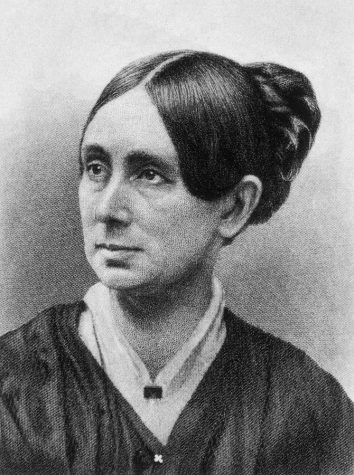
Dorothea Dix was a mental activist born April 4, 1802. She was helping out the Union army during the Civil War. She was sick on and off when she was younger and one of these illnesses led to her going to Europe. In Europe she found groups that she joined that were advocating for the mentally ill. Coming back to the states she tried to implement the things she learned. She created different asylums in New Jersey, North Carolina, and Illinois although politicians were not happy about it. She also did tours going to different hospitals and teaching and giving input on the conditions. She also took back control over the army nurses and made sure the nurses hired were of the highest standard. During the war she hired more than 3,000 nurses. She got a monument in honor of all the dead soldiers from the war.
Ida B. Wells-Barnett, an activist in many categories, was born July 16,

1862 in Mississippi. She was born into slavery in the middle of the Civil War and was fortunately set free at the end of it. Barnett had received a fighting spirit from her parents who were politically active during the Reconstruction Era and speaking out for their beliefs. After a trip to her grandma, she found out that her parents and baby brother had died, and she was left having to raise her brother and sister. While doing this she began to write against “white mob violence” after the lynching of her friend. She continued to protest even after being thrown out of her town and she would also speak out against women’s suffrage movements that paid no mind to other minority issues. Although there was a bit of conflict in this area she continued to fight for women’s rights. She became a founder of the National Association of Colored Women’s Club which paid attention to both race and gender issues.
Your donation will support the student journalists of Brunswick High School. Your contribution will allow us to purchase equipment. Our goal is to purchase some updated and much needed cameras for the program.

